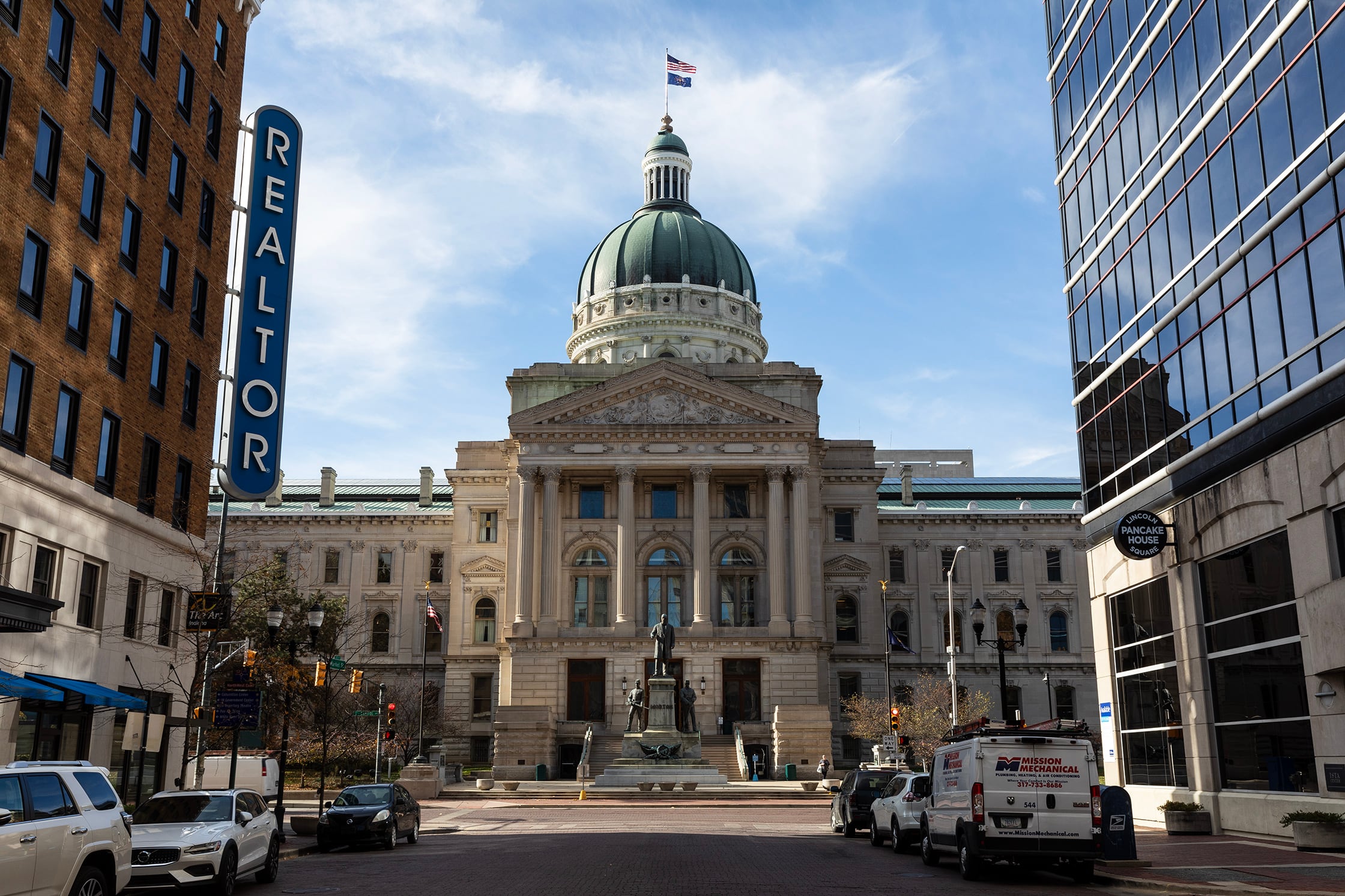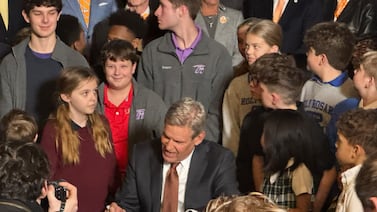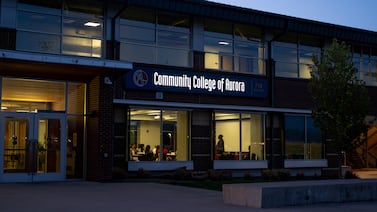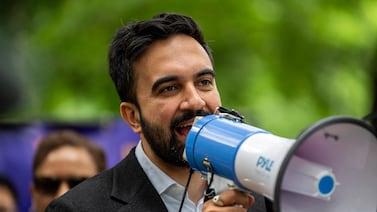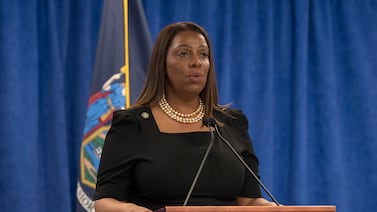Sign up for Chalkbeat Indiana’s free daily newsletter to keep up with Indianapolis Public Schools, Marion County’s township districts, and statewide education news.
Indiana spent roughly $439 million on its voucher program for the 2023-24 school year as enrollment in private schools hit a record high, a surge driven in large part by students from wealthy families.
The figure represents a $127 million increase from the $311 million the state spent on its voucher program last year, according to the Choice Scholarship Program annual report released Friday. The number of participating students in 2023-24 increased by approximately 32% from 2022-23.
Additionally, the number of voucher students from households making more than $150,000 soared after lawmakers last year abolished most requirements for participation and raised income eligibility to 400% of the threshold to qualify for the federal free and reduced-price lunch program.
Nearly 8,000 students in 2023-24 came from households making between $150,000 to $200,000 annually, up from around 2,800 in 2022-23 — an increase of 183%.
And the number of voucher students from households making more than $200,000 increased roughly tenfold, from 354 students in 2022-23 to about 3,700 in 2023-24.
The number of students from those two income brackets combined who used vouchers in 2023-24 increased by 8,495, representing just over half the total growth of about 16,720 students.
Among the other income brackets, around 2,000 more students came from families making up to $50,000; an additional 2,000 came from families making between $50,000-$100,000; and the number of students from families making between $100,000 to $150,000 grew by a little more than 4,000.
Critics of the voucher program warned last year that relaxing the income eligibility requirement would effectively subsidize students from wealthier families to attend private schools. Supporters, meanwhile, said relaxing eligibility would give parents more choices in their students’ education.
Previous data showed that private school enrollment in Indiana was increasing, but not as quickly as the rate of voucher use, indicating that many students using vouchers this year had already been enrolled in private schools.
In a statement Friday on the voucher report, the Indiana State Teachers Association said the expansion funnels public funds “to those who can already afford private schools.”
“Public schools, which serve 90% of Hoosiers’ children, are open and nondiscriminatory, providing essential services and a common foundation for our diverse communities,” the ISTA said. “Vouchers undermine this public good by siphoning limited funds to private schools that lack accountability and do not serve all students equitably.”
The report notes that had all 70,000 voucher students attended their public schools, the state would have paid around $516 million in public school funding. However, the majority of Choice Scholarship students have never attended a public school.
Voucher students made up around 6.1% of enrollment statewide in 2023-24, according to the report, up from around 4.7% the year before.
The average voucher student in Indiana is a white, elementary-aged girl who lives in a metropolitan area and comes from a household of around 4.7 people making around $100,000, according to the report.
An additional 14 schools participated in the program in 2023-24, the most of any year of the program.
Aleksandra Appleton covers Indiana education policy and writes about K-12 schools across the state. Contact her at aappleton@chalkbeat.org.

